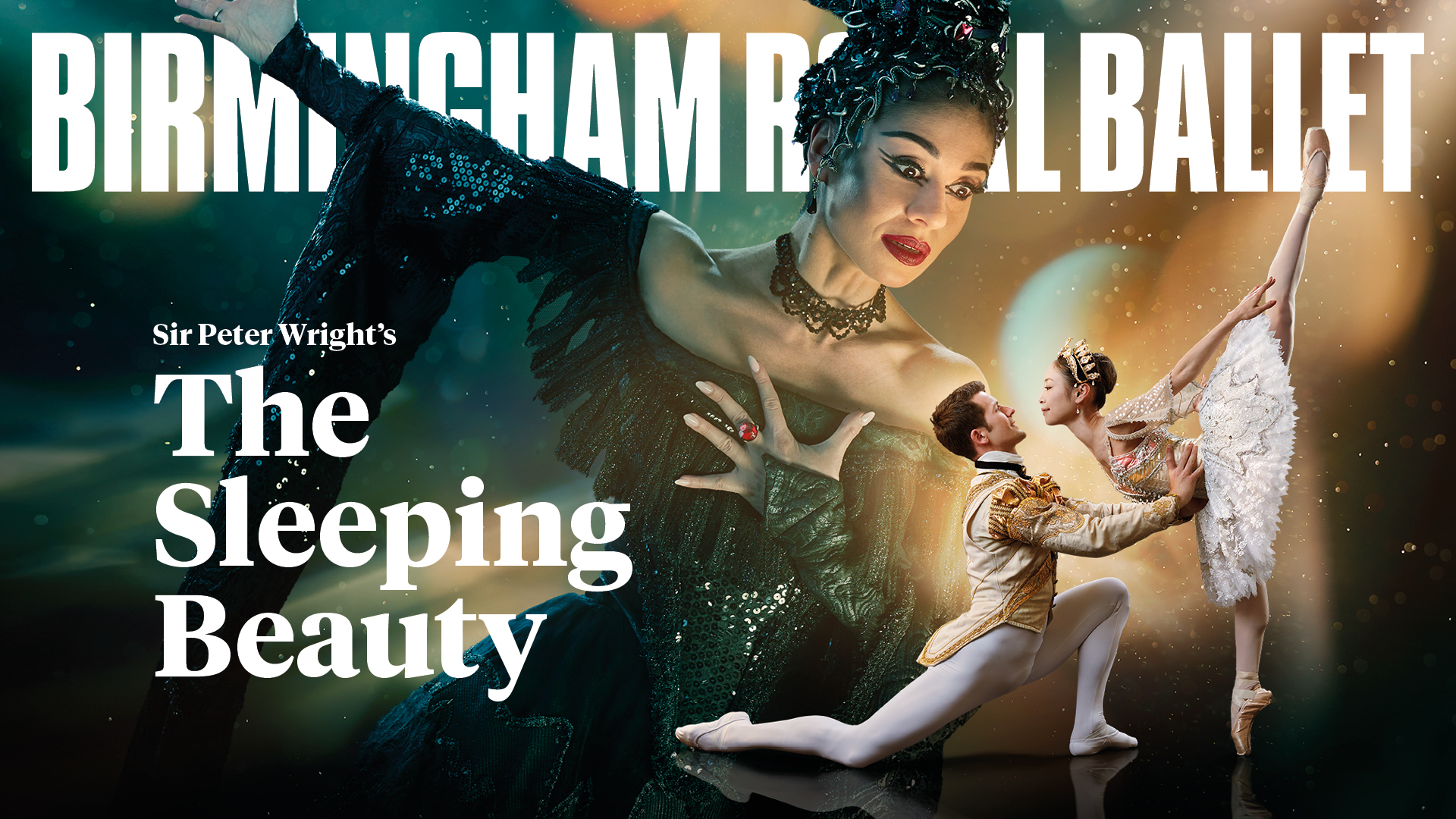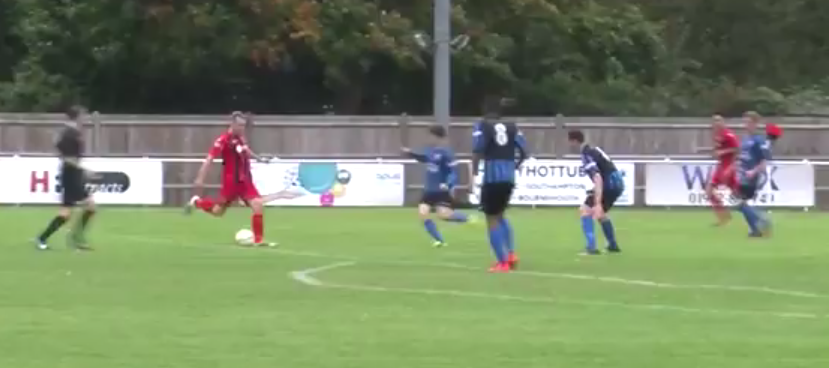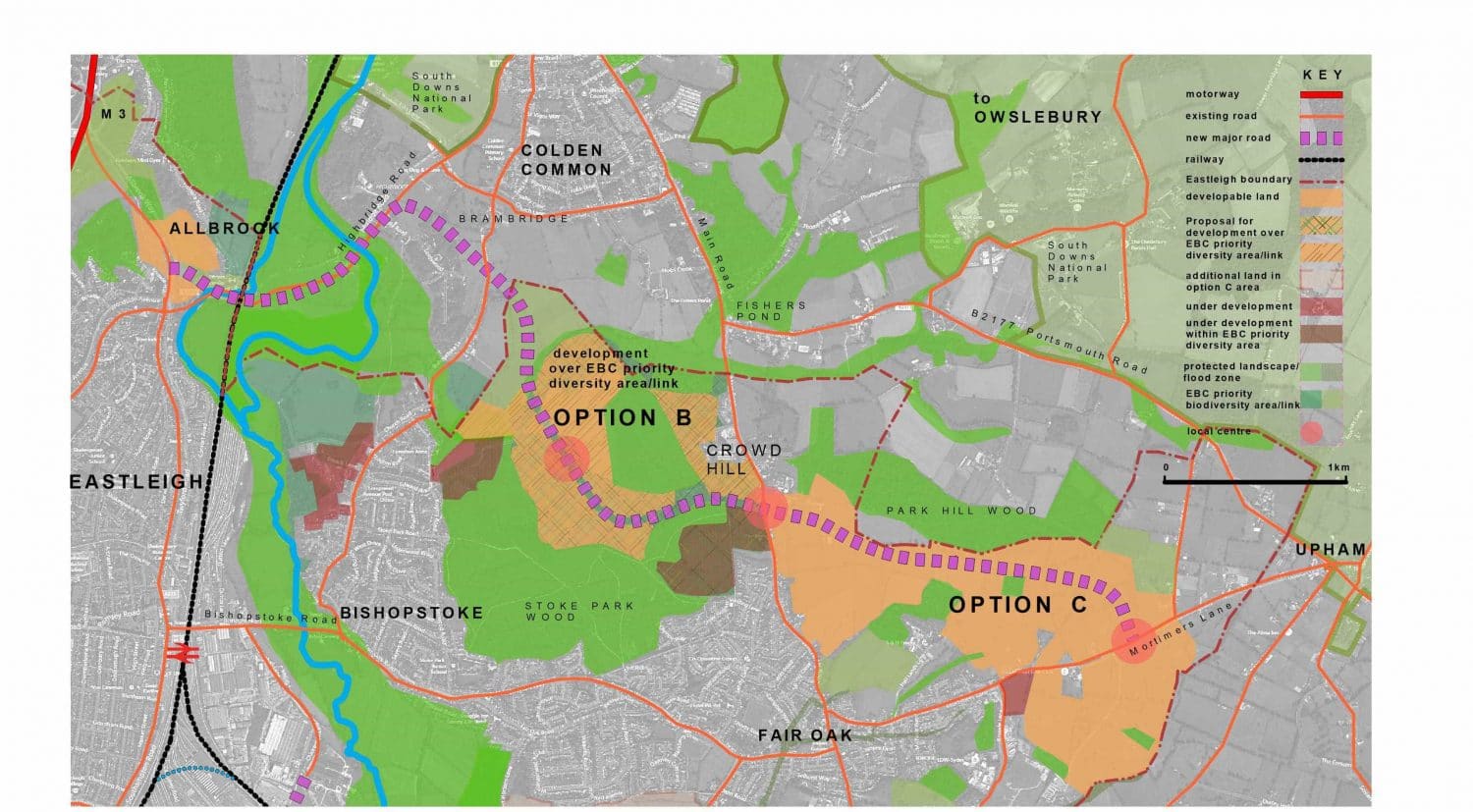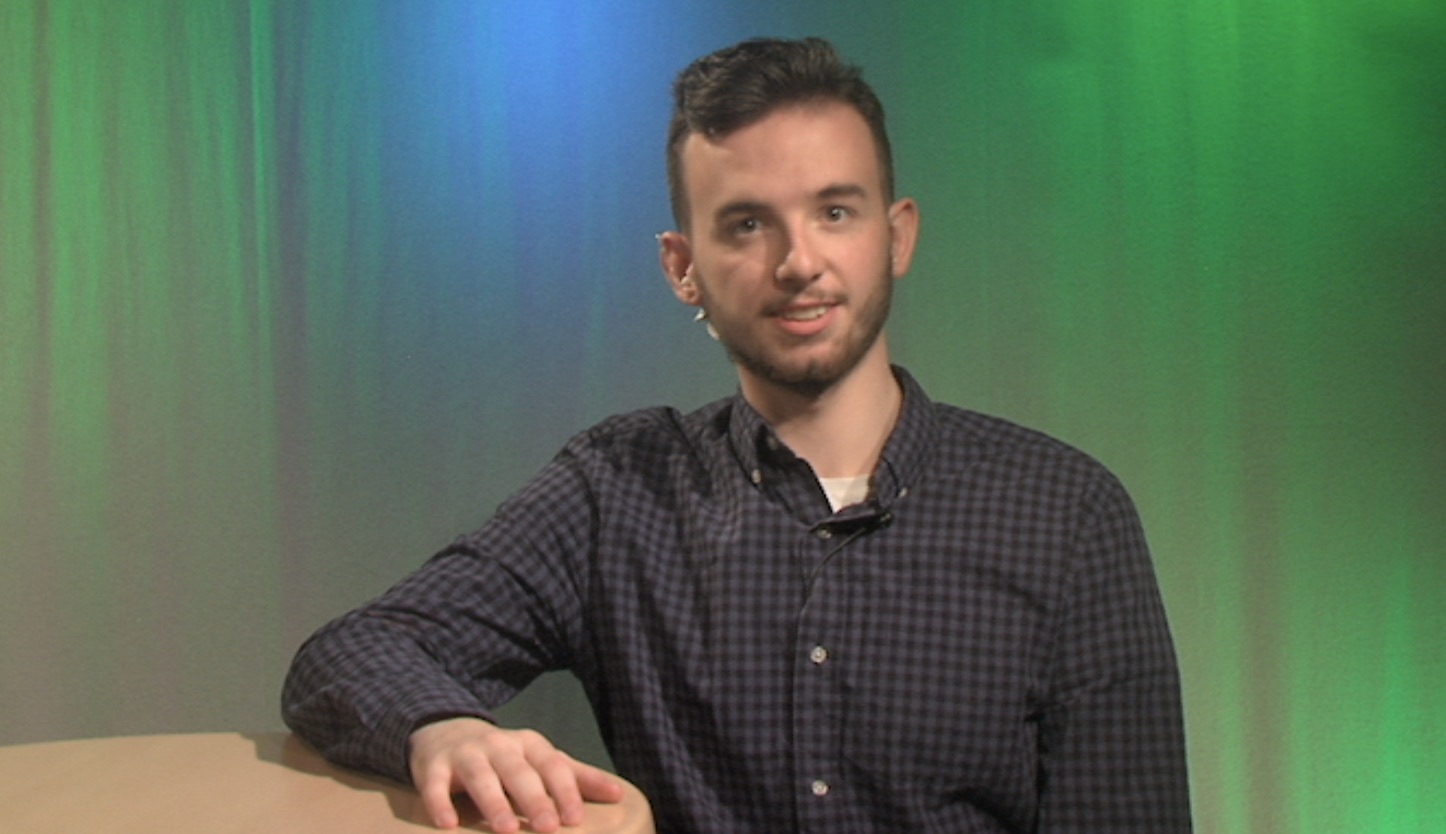Culture
REVIEW: Birmingham Royal Ballet – The Sleeping Beauty at Mayflower Theatre

Birmingham Royal Ballet are back at Mayflower Theatre with their rendition of the classic ‘The Sleeping Beauty’. BRB’s production of ‘The Sleeping Beauty’ was created by Sir Peter Wright, the same man also behind the company’s famous ‘The Nutcracker’ and ‘Swan Lake’. Now lots of people know the story of sleeping beauty, most probably from the 1959 Disney film; but the story is actually one that spans back around 500 years. Carlos Acosta’s (Director) ballet shows the best of the enchanting, classical experience with familiarities for all of the family. To add to the magic, you get to hear Tchaikovsky’s original music played live by the Royal Ballet Sinfonia!
One thing I love about BRB’s productions is just the sheer scale of everything. From the set, to costume, to the size of the company and all the extras in-between – nothing is forgotten. It takes the classical layout of a ballet and transports you to what you can only imagine an original ballet in the day was like. Yet it doesn’t feel dated! With ballet companies such as Matthew Bourne’s giving a new contemporary spin on ballet, there’s always potential for the classics to fade away. However from seeing a packed out Mayflower Theatre tonight, I can happily say that this isn’t the case. For those of you that don’t know the fairytale story of ‘The Sleeping Beauty’, I’ll give you a very quick run down: a beautiful Princess is cursed by an evil fairy by pricking her finger and falls into a deep, deep sleep. The only way to break this curse is from a Prince’s kiss. It’s a real good defeats evil story – and the way it’s told through ballet is immaculate.
The Prologue was just beautiful.
This ballet is split into four different sections; Prologue, Act 1, Act 2, and Act 3. Usually in my reviews I like to sum up what I thought of certain performances or sections within the show, but I think it only right that I give each section its own rundown. However I’d firstly like to give the whole company a huge round of applause and congratulations as they were all flawless. Each dancer left their all on that stage, and the way in which they told this story through only movement was exceptional. So without further ado:
The Prologue was just beautiful. This is the way you start a show and catch the attention of an audience immediately. All of the cast were perfectly in-sync and you could tell how polished and disciplined these dancers must be. This is the set up to the rest of the story we’re about to witness, so it’s also the part of the show that needs to have a lot of information put across and understood. Doing this solely through dance can be challenging for newbies to ballet, but the use of balletic mime literally gave speech to the dance (a little more on this later). The mixed solo and group pieces in this classical format was incredibly impressive, and I loved the shift from light to dark, good to evil. It was beautiful, but then all of a sudden it was beautifully dark. This is of course thanks to the energy of the company, but also the fantastic lighting effects used (more on this later once again). The portrayal of comedy throughout as well was definitely a fun extra.
Act 1 was where we are first introduced to ‘Princess Aurora’ played by the fantastic Yu Kurihara. Yu was outstanding! Aurora is one of the most demanding female leads in classical ballet, and Yu made it look like a piece of cake. As for the rest of the company, it was in this act that I couldn’t stop thinking: ballet dancers aren’t just performers, they’re athletes! The constant tempo change to not only keep attention but also allow the story to flow was not lost either. The change from celebration to darkness was seamless yet again. It was in this act that ‘Princess Aurora’ actually became ‘The Sleeping Beauty’ and got her finger pricked. I thought the way in which this was done was incredibly simple but also incredibly effective and easy to follow. If you know the story, I thought the way in which Aurora was led to sleep and locked away in the forest was also extremely effective.
Fantastic from everybody involved!
Act 2 is where we are introduced to ‘Prince Florimund’ played by Lachlan Monaghan. He showed such a strong stage presence and commanded himself and the story so powerfully. This is the act where we see the Prince first find the Princess and find out that he is in love with her. I think this act was possibly my favourite of them all. Everything fell together perfectly and that really helped paint a vivid picture for me. The high tempo change from the start of the act, dipping when the Prince is trying to get to Aurora, then climbing again when he finally gets her. The effects and set that were used in this act, from the forest to the fog really helped to give an impact onto the story that was being told.
Finally, Act 3 was probably the most fun of them all. It’s the high note now that good has finally defeated evil. It’s mystical, it’s whimsical, it’s just a good time. After having the perfect opening to the show, this is definitely the perfect ending to the show. There was again a mixture of solo, group and duet dances in a classical format which just flowed wonderfully. If you’re not used to a classical ballet format, this could perhaps feel quite long winded or strung out, but I think that it rounded out the story perfectly and it would have felt odd if it was done any differently. The whole company on the stage together really raised the energy and had you leaving the theatre on a high! Fantastic from everybody involved! The dancers movements were so powerful and strong and the dancing throughout was inspired from all of them.

As I mentioned briefly, the set and design of BRB’s ‘The Sleeping Beauty’ was perfection. The set was grand, it didn’t change much but it was big and regal which is exactly what it needed to be. The costumes were classic, sometimes crazy, and the way they moved with the dancers was beautiful. I mentioned how I particularly like the forest effect. This again was incredibly simple, it was just some curtains flying in staggered almost looking like giant cargo netting. Seeing the Princess sleeping behind one of these was a fantastic way of doing it. I also mentioned how good the lighting effects were. Every time Carabosse (The wicked fairy) appeared, there was thunder and lighting (and sometimes pyrotechnics). It was also a nice touch to add different coloured spotlights upon different characters depending if they were ‘good’ or ‘bad’. I also loved the fog that was used in act 3, the way it settled on the stage gave the effect that the audience was also lost – after following the feet of the dancers to now not being able to see them.
This is an amazing classical piece of ballet.
I mentioned earlier about balletic mime as well. If you’ve been to see a ballet before, you’re probably more than aware of certain pieces of mime meaning certain things. However if you’re new to it, you probably wouldn’t have a clue. I just wanted to say how impressed I was to find a little ‘balletic mime code’ in the programme! This would really help any audience member follow the story a little bit better. It’s also worth noting that for the kids (and adults), there is a comic book style storyboard of exactly what happens within the show. Amazing touch!
Overall, this is an amazing classical piece of ballet. The Royal Ballet Sinfonia were the cherry on the cake. The whole company are insanely talented and you can really tell how much work they put into polishing their performances. This isn’t just dance, it’s a story that is being told. The ballet can be quite daunting to just try and follow along with and know what’s going on, and I’d be lying if I didn’t say that this is the same. However, I think BRB have done a fantastic job at opening this up to everybody and helping them out; old and young, ballet connoisseur or newbie. This is a show for the whole family and I think you’ll love it if you’ve already seen a ballet, but I think you should also give BRB a go if you’ve never seen a ballet. I wish everybody involved with BRB’s ‘The Sleeping Beauty’ the best of luck, as it leaves Mayflower Theatre on the 10th February before carrying on on its UK tour.
Culture
Where confidence takes centre stage: How theatre transforms

Performing arts education isn’t just about learning to act, dance, or sing – it’s vital in developing many young people’s confidence and self-expression.
In a digital age where young people are spending more time on their devices than ever before, theatre education provides lifelong skills like communication, resilience and teamwork.
I caught up with some of the students at Artisan Theatre School, a Hampshire based youth theatre club, to see if this rings true.
Ben, 18, said his time at theatre school has “helped develop people skills” and made him “a more confident person”.
He urged other young people to “get involved and enjoy it!”
Daniel, 17, shared a similar sentiment saying his “confidence has grown a lot”.
Theatre education can open a whole world of new opportunities for young people, giving them the space to discover their talents and explore future career paths.
Lucy, 17, has attended Artisan Theatre School for nine years and said: “I want to be a performer in some capacity.”
She added: “That’s my dream because of Artisan.”
Emma, a singing teacher at the school, said performing arts education is “beneficial to anyone,” not just those pursuing it professionally.
She added it can be especially valuable for children with SEN, helping them build confidence, improve communication, and “come out of their shell” in a supportive environment.
Unfortunately, despite its benefits, arts education is not guaranteed for every young person.
Cuts to funding over the last decade has had a significant impact, limiting access to creative learning opportunities.
The Cultural Learning Alliance’s 2025 report reveals a 42% decrease in Creative Arts based GCSE entries since 2010, and a 27% decline in the number of Arts teachers.
Sam Blackwell, principal and founder of Artisan Theatre School, said arts education is “really important” and that “they don’t do enough of it in schools”.
She explained that her vision in creating the school was to “give back more to kids and get them being confident”.
To help fill the gaps left by reduced arts provision in schools, Sam plans to introduce additional classes and offer increased opportunities for her students to learn from industry professionals.
Culture
And we all keep dancing for it can’t get any worse (90s/00s)

The Shakespearean nature of Tony Blair’s time as Prime Minister is something that had never been seen and his obsession with “the spin” that had won him the 1997 election and made him one of the most popular prime ministers when entering office.
With large proportions of the public optimistic for his premiership incoming.
A fall from grace would ensue much like Macbeth.
It would be cruel and untrue to reflect on Tony Blair’s premiership to say that it was a complete failure, especially as many still see him as one of the best PMs the UK has ever had.
Since one of the biggest landslides in UK election history in 1997, he was able to push through many socialist policies without much of a hassle: inflation was low, crime was down by a third, children were achieving some of their highest results ever in school, thousands more students were going to university, a million pensioners and three million children had been taken out of poverty, the quality of the air, beaches, and drinking water was as clean as before the industrial revolution.
However 9/11 changed everything. The era of youthful optimism and rebellion has been replaced by what a lot of thinkers call post-post modernism.
At site Zero, George Bush claimed that “those who are responsible must be brought to justice.”
He outlined Cuba, Iran, Libya, Syria, North Korea and most importantly Iraq.
Once the troops stepped into Iraq, it was the start of a domino effect that quickly decimated Blair’s time as PM.
Unlike Kosovo and Sierra Leone, Britain’s involvement in Iraq did not have the public’s support.
In his book The Prime Ministers, Steve Richards remarks that Tony Blair had not assumed any cabinet position in the lead up to his premiership and asks:”What if Blair had been foreign secretary? at least he would’ve seen, and interpreted intelligence – an explosively contentious issue in the run-up to the Iraq War.”
And then, the day after London had been announced as the host of the 2012 Olympics, on the 6th of July 2005, 7/7 happened.
Four terrorists detonated bombs on public transport – 52 killed and 784 were injured.
When times get tougher and life gets sadder, what do people do? Dance to forget
Prince William and Kate were leaving a Chelsea nightclub at 3am, Prince Harry was partying with Kanye West and getting into a scuffle with photographers at 4am.
The 2000s club scene was here and everyone was taking part; it was loud, it was abrasive, and it was here to stay.
Since the introduction of the stifling 1994 Criminal Justice Act, which is considered to have brought the illegal rave era largely to a close, “free parties” were the new get-around of the law: Student clubs offering “buy one, get three free” on alcopops and 50p doubles for an hour.
Halls bars were £1.20 a pint. Artists like LCD Soundsystem, Missy Elliot and Rihanna began their rise to fame with dirty, booming soundscapes that captured the drug-fuelled atmosphere of clubs as everyone dances to a beat that never seems to end, drenched in sweat.
Films like Trainspotting capture the allure of 2000s clubbing but the grim reality, drugs have found their way into the club scene.
Much like the Oasis album Standing on the Shoulder of Giants is described as Oasis’ “come down album”, the 2000s was a comedown era of clubbing.
The times were sad, but the music got louder?
As David Cameron’s government entered Number 10 Downing Street in 2010 and ushered in 14 years of austerity, where exactly would clubbing culture go with almost all clubs closing….
Culture
REVIEW: Sigrid – There’s Always More That I Could Say

2 out of 5 stars
A disappointing third album filled with negativity
In all honesty, I was late to Sigrid’s party.
I started following the Norwegian pop star in 2023 when she had already released two albums and completed a slew of EPs and international tours.
In no time at all, I was captivated by her rasping tones, funky rhythms, and cool electronic synths.
When news broke that her third album would be releasing on 24 October, it was no surprise to find myself listening and assessing it…
Jellyfish is the first single and the most lighthearted. I like it.
It’s a nice story about two people meeting at a dance and kindling a relationship.
Sigrid sings in a syncopated rhythm, giving a jazzy tone to the tune.
For the first time in her career, she includes a flute.
Cold, gritty, grim
It plays a flourish at the beginning but I can’t hear it throughout the rest of the track. It would be good to hear more of the flute in future.
Fort Knox is single number two. As the name suggests, this is a cold, gritty, grim song about a woman betrayed by her man.
This betrayal cuts so deep that she has retreated into her shell to “lock my love up in… Fort Knox”.
I enjoyed the dramatic, dark nature here, especially the war cry chorus throughout the song.
Towards the end, you would think the song has finished before it plays one more crescendo of strings to cap things off. I thought that was unnecessary.
The third single, Two Years, is written from the perspective of the woman’s boyfriend, another new departure for Sigrid.
He has been chasing for that exact period of time. It’s a cheery song with a strong beat, despite the desperate lyrics like: “What are you running from? / Why did you let me go?”
I’ll Always Be Your Girl is another sad song of frustration and heartache caused by a rowdy, hot-headed partner.
It is sung very well, especially the pleading chorus line, and the drum-guitar combination gives me something to nod along to.
Unconventional energy
Do It Again is the most unremarkable song on the album.
There is a good guitar and drum track, however the story again is quite predictable for Sigrid (being tempted to rekindle on old flame relationship).
Kiss The Sky returns to more unconventional energy which is great.
A lovely fade into the track leads into the main verses.
This time, Sigrid is speaking her verses with a distorted effect rather than singing them. It sounds good and complements her natural raspiness.
A strong guitar riff carries us through the bridge. The electronic synths make this seem like a 1980s dance track.
It’s only the lyrics that make this song a story of disappointment between lovers.
There is sexual innuendo in Hush, Baby, Hurry Slowly.
You could interpret it as a man and woman deciding whether to move forward with their relationship.
You could see it as partners deciding whether to have sex or not.
As a result, it’s an interesting song and makes you listen to try and work it out.
The structure shakes things up by starting with the chorus fading in.
The song ends with the melody slowing down and lowering in pitch, reflecting the title in musical terms.
The title track is the obligatory solo piano song.
Sigrid has had at least one piano focused song in all albums.
This is the most beautiful song in the album, featuring solo piano and a nice resonance on the voice.
The lyrics still contain tensions between people, like “giving…my worst” as a girlfriend.
Nevertheless, this is my favourite song from this year’s collection.
The penultimate track is also the longest in the album.
Have You Heard This Song Before picks up the energy from the previous song with a predictable but welcome mix of drums and synths.
The lyrics are pretty hopeful in tone about wanting to spend time with your partner. This is the most positive track on the album.
The last song, Eternal Sunshine, is a conventional finale song.
It has a regular beat and instrumentation.
It is another song built out of frustration with a partner – she wants to “drink” him out of her mind.
It would have been nice to have something different to end on – maybe a different topic.
This is the shortest album Sigrid has released. That is disappointing.
There are 10 songs in only 31 minutes.
I would have expected the usual 12 tracks or more.
The previous albums managed it fine.
Sucker Punch (2019) and How To Let Go (2022) contained 12 songs. The Special Edition of How To Let Go added 15 songs on top of the originals.
This album differs from the last two in that every song but one is constantly loud, energetic, and pumping.
I would have preferred more balance between softer and pounding songs.
How To Let Go had more positivity in it, such as singing in a taxi, body-confidence in the mirror and making the most of life.
This album has replaced that with disappointment and frustration.
It is the album with the most “explicit” songs – never before have we had an album with so much swearing.
I hope that is toned down in future.
Here’s hoping that the next album is more positive, unconventional and creative.
Perhaps that will come out in three years, like the others.
There’s always more that Sigrid could say (sorry, that was a terrible joke).
-

 Football9 years ago
Football9 years agoFootball – Winchester City vs Didcot Town
-

 Community9 years ago
Community9 years agoWinnall community association renovated
-
Community8 years ago
Hampshire’s frontline services at risk
-

 Hampshire8 years ago
Hampshire8 years agoUniversity of Winchester Parking Trouble
-
Community8 years ago
Knight Bus unveiled at school
-

 Community8 years ago
Community8 years ago‘Controversial’ new plans take shape in Eastleigh
-

 Winchester News Online8 years ago
Winchester News Online8 years ago#MiracleMissy Update
-

 Bulletins7 years ago
Bulletins7 years agoWINOL 20 November 2018
